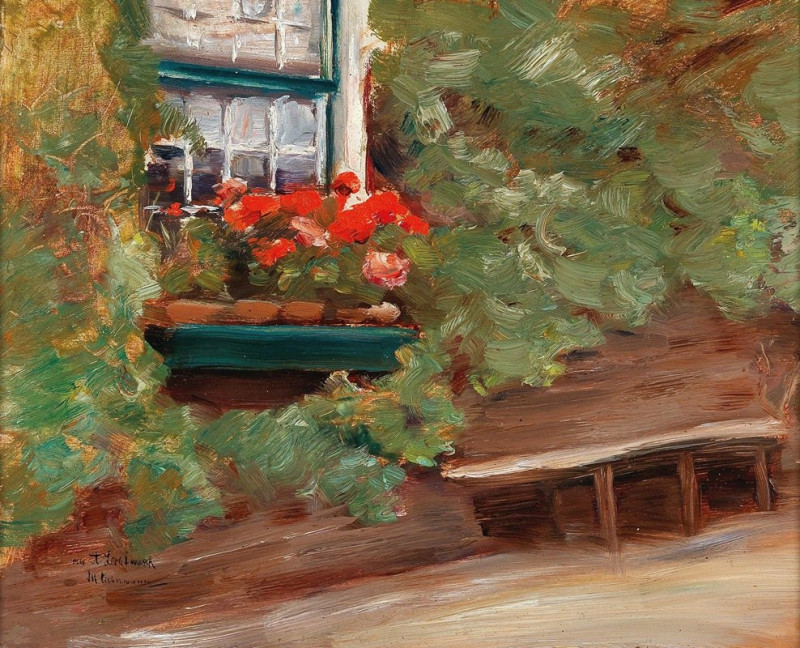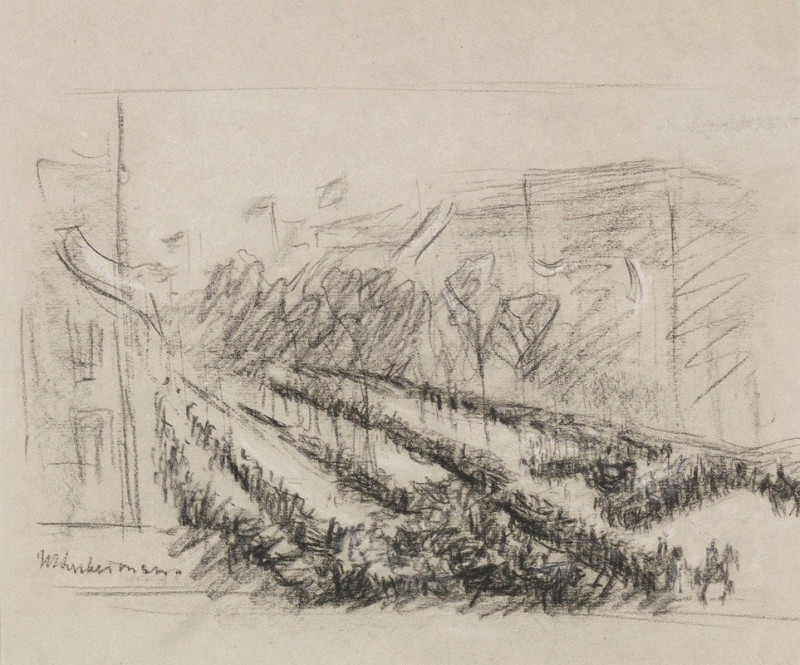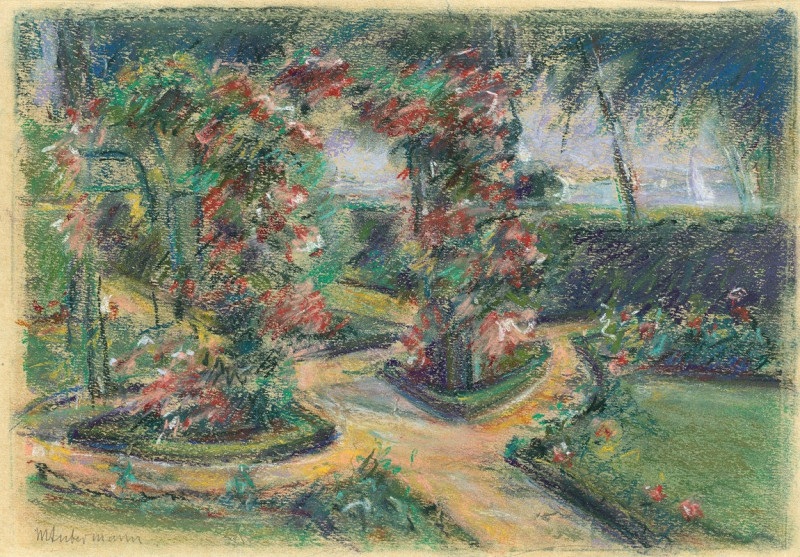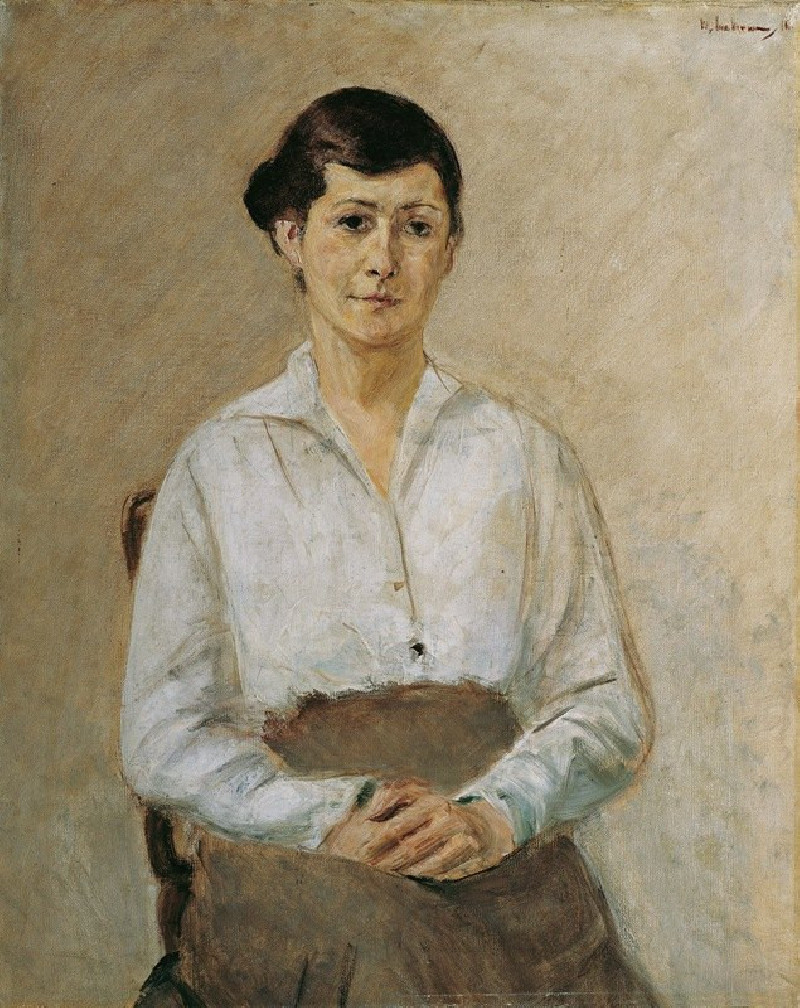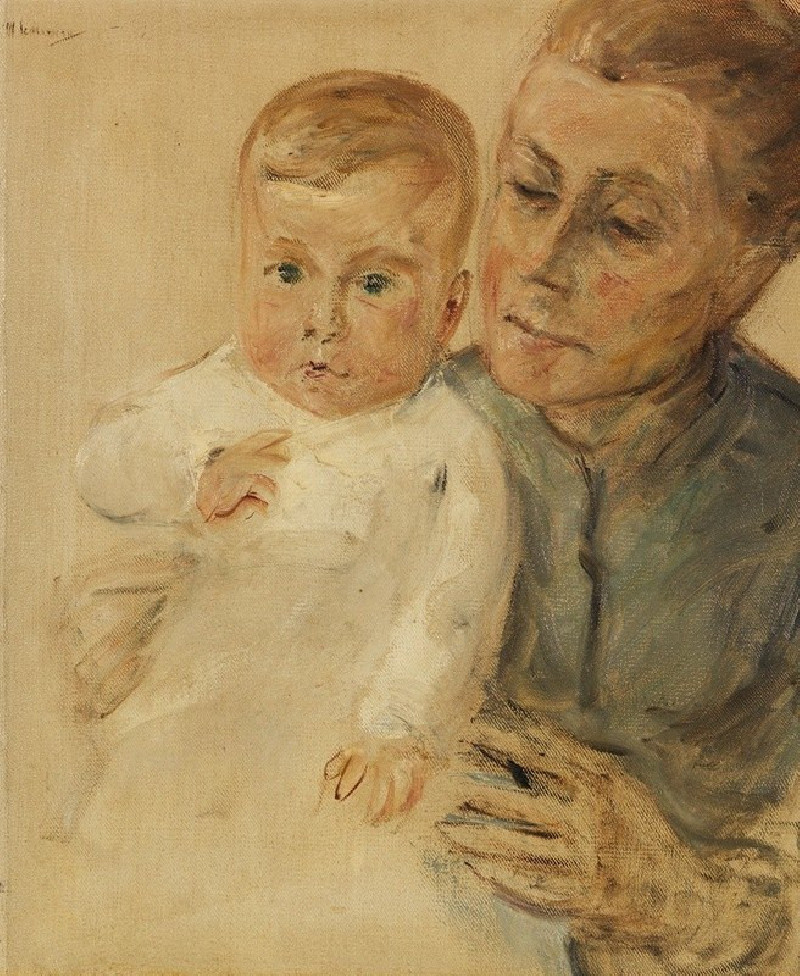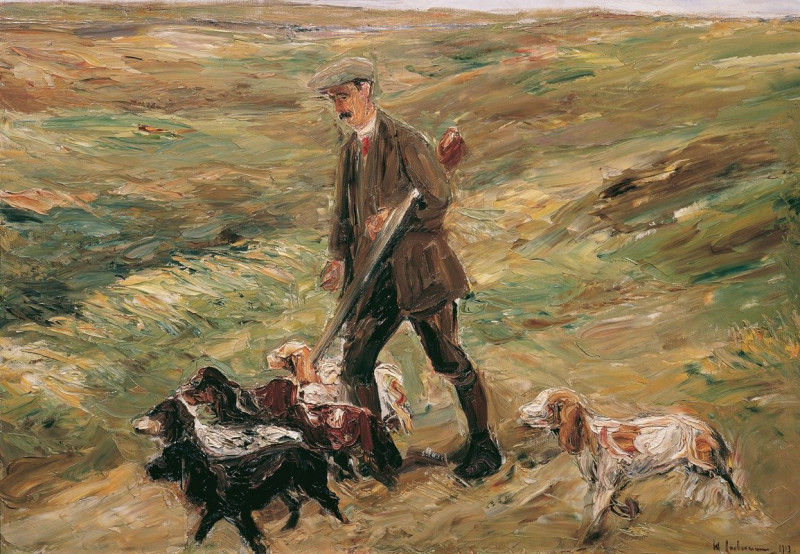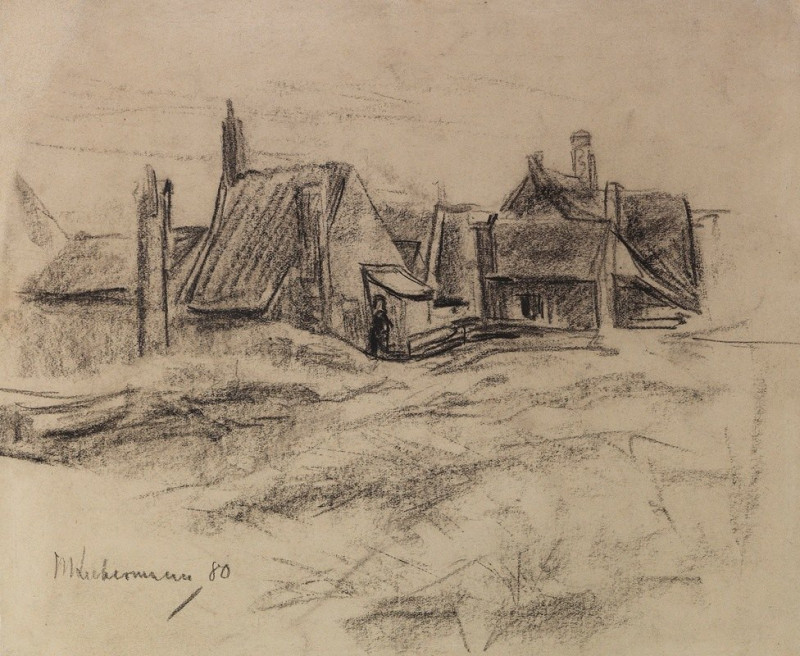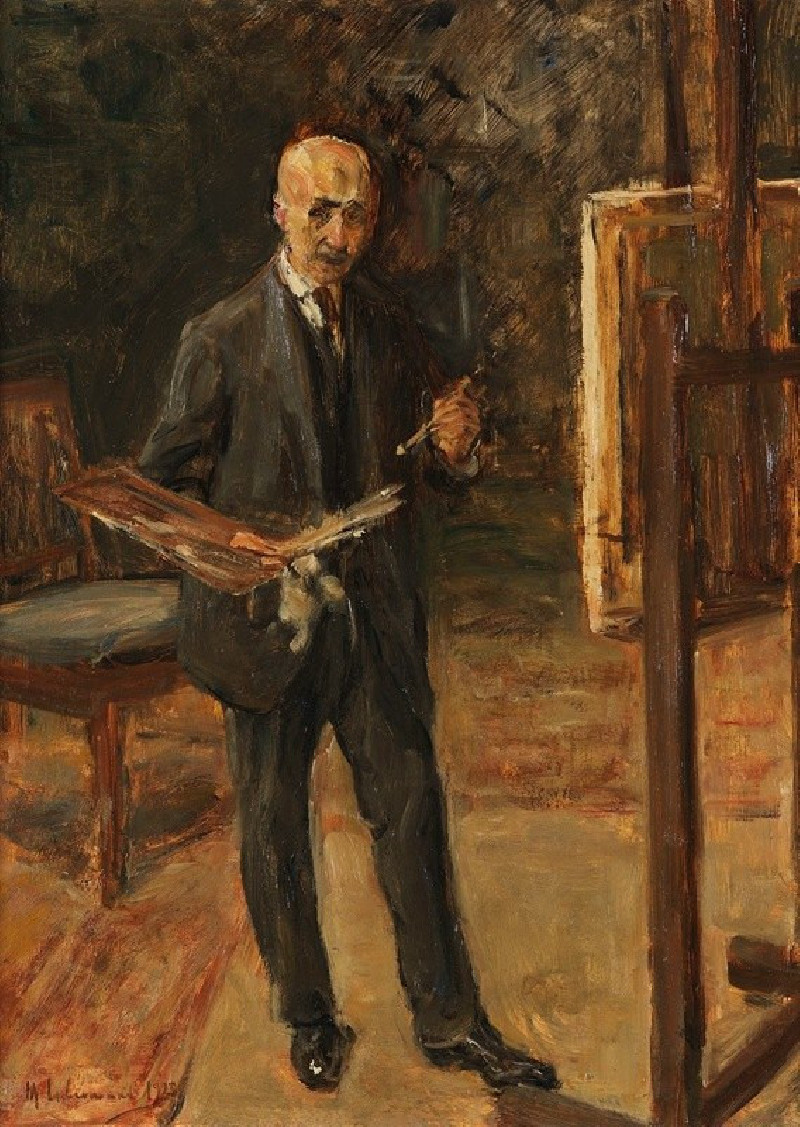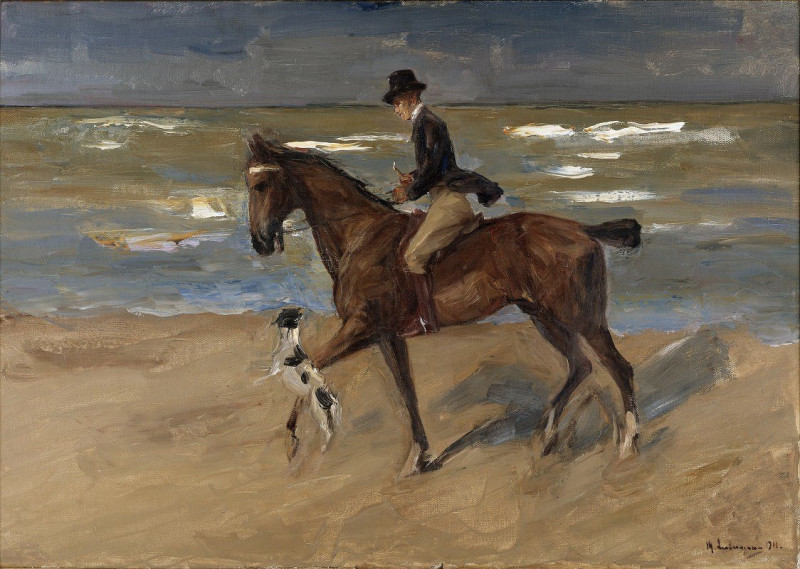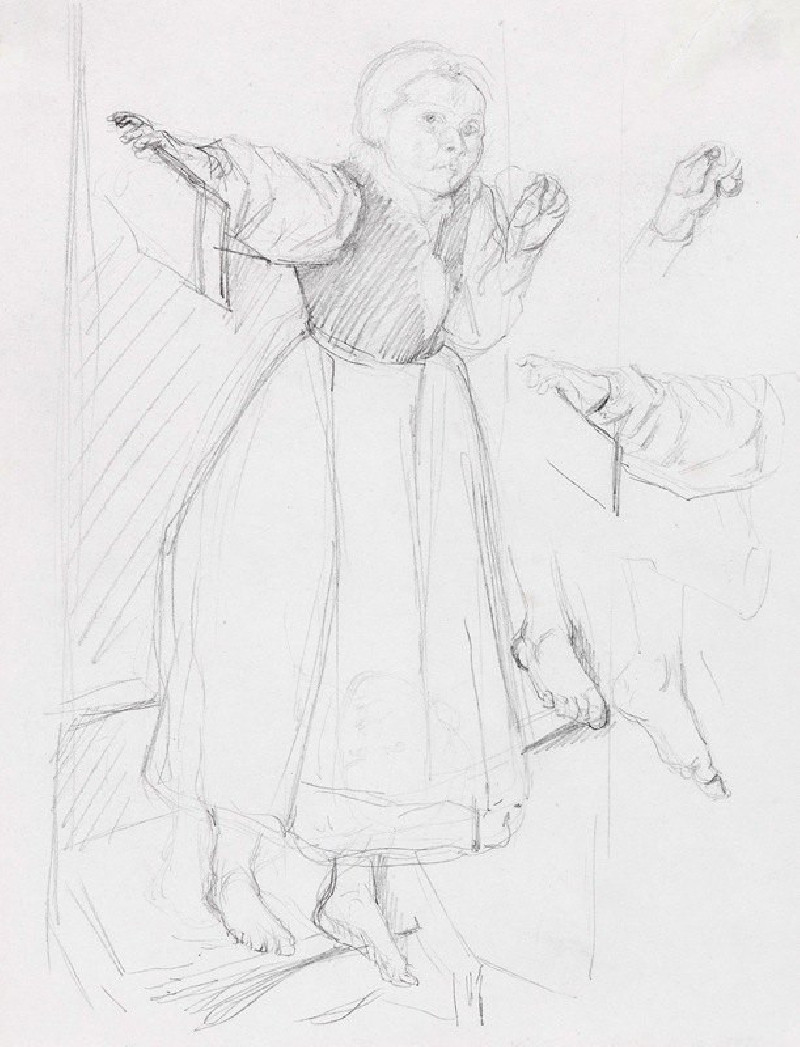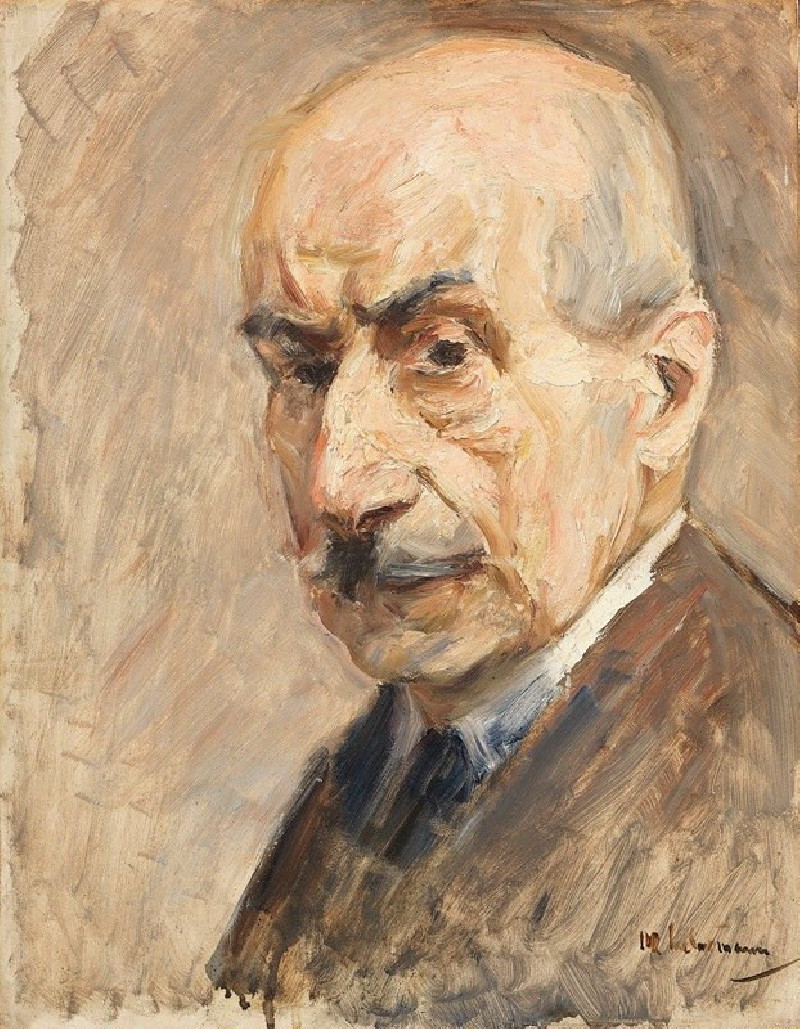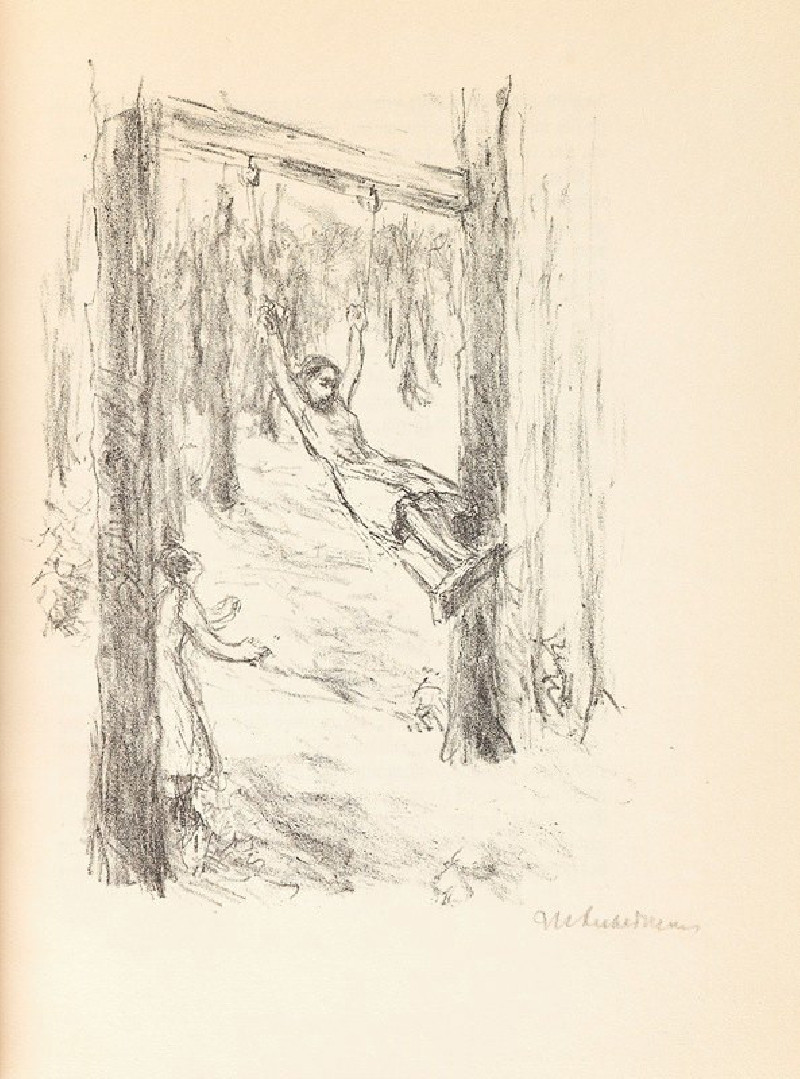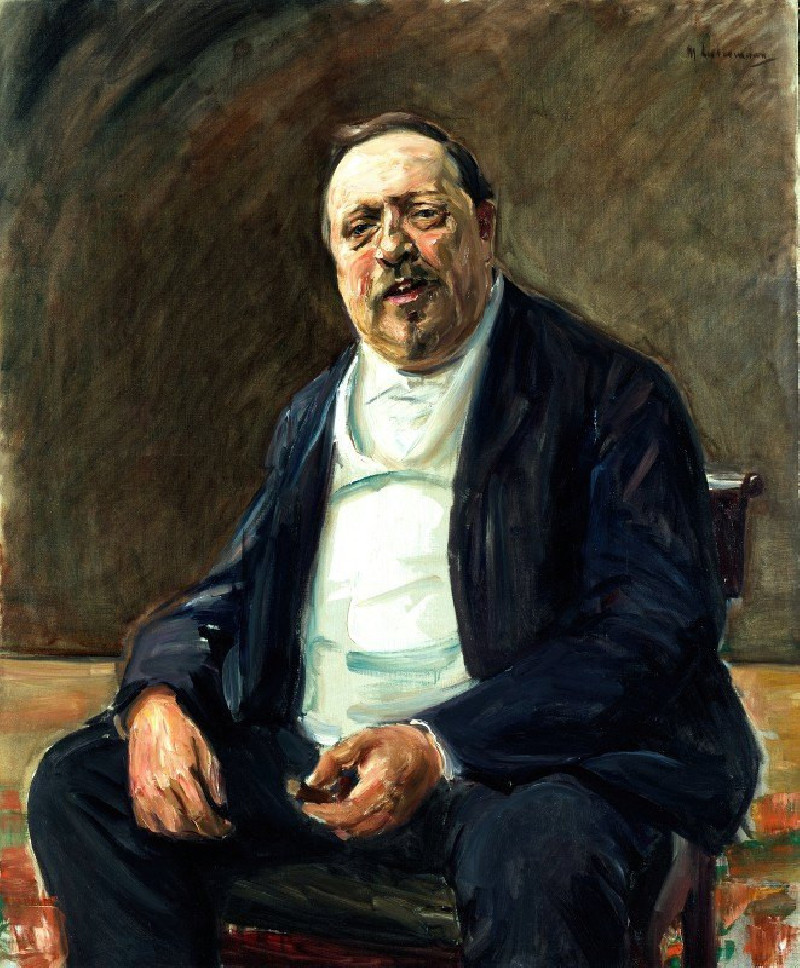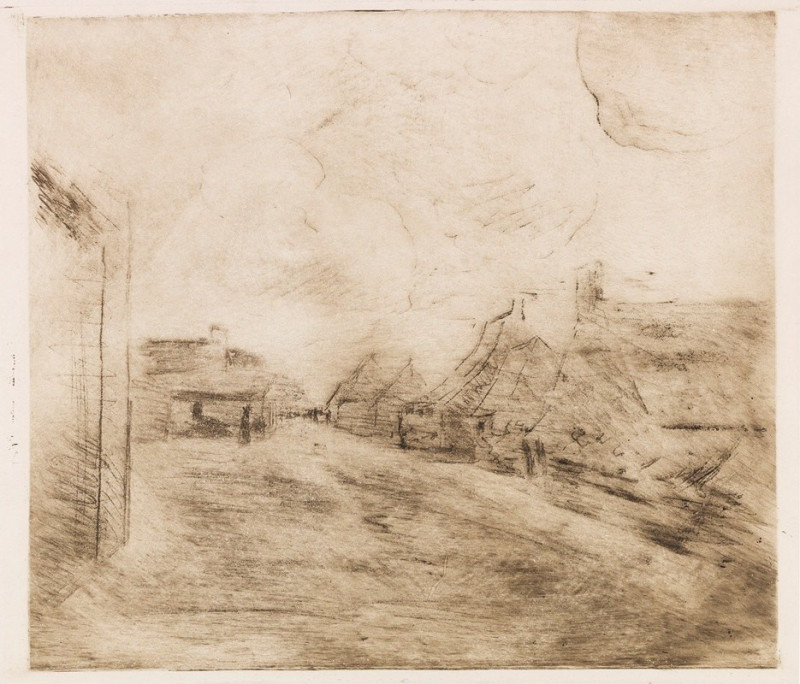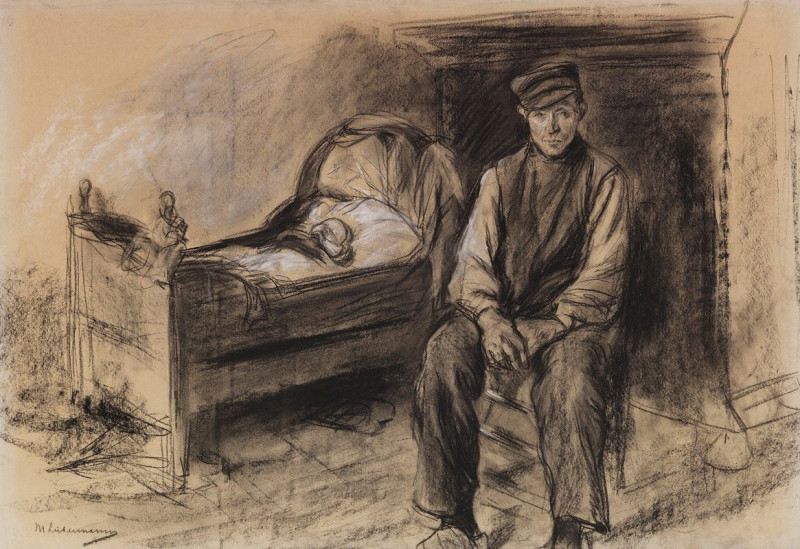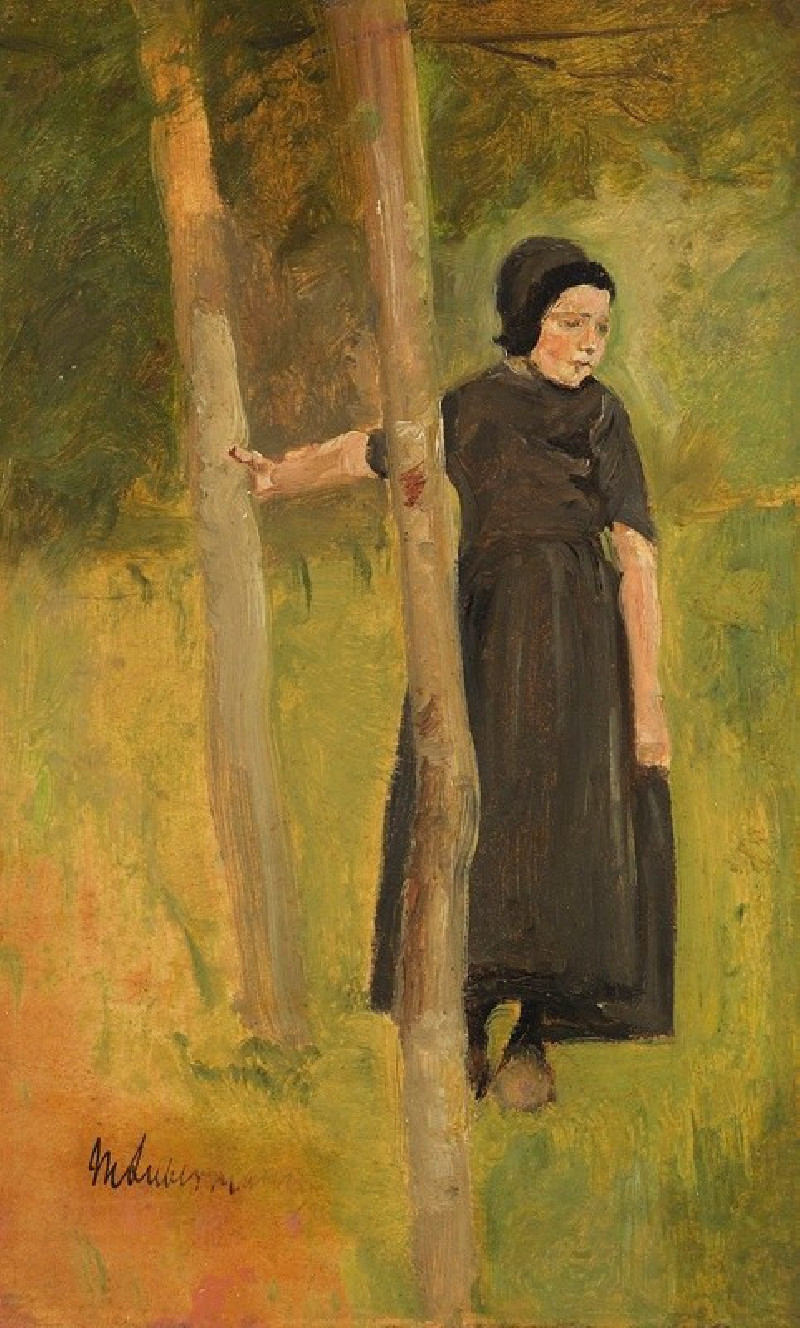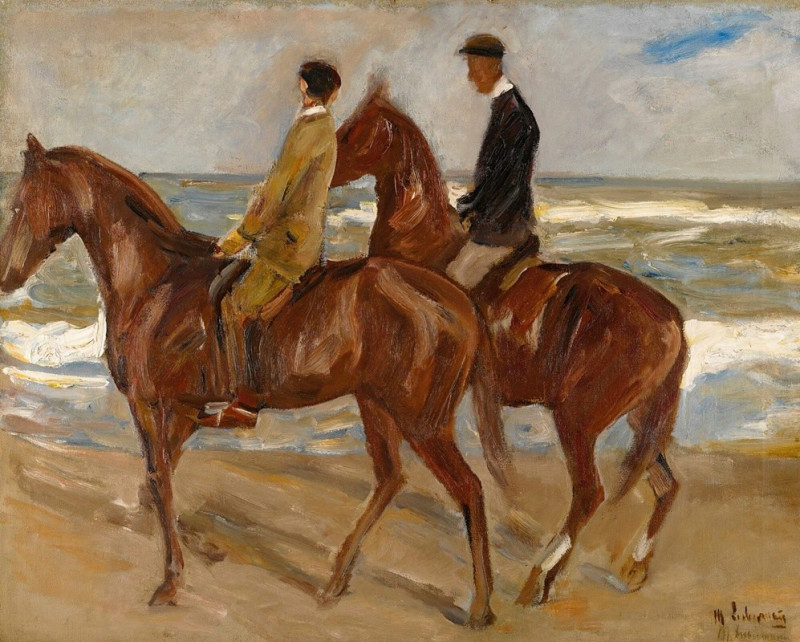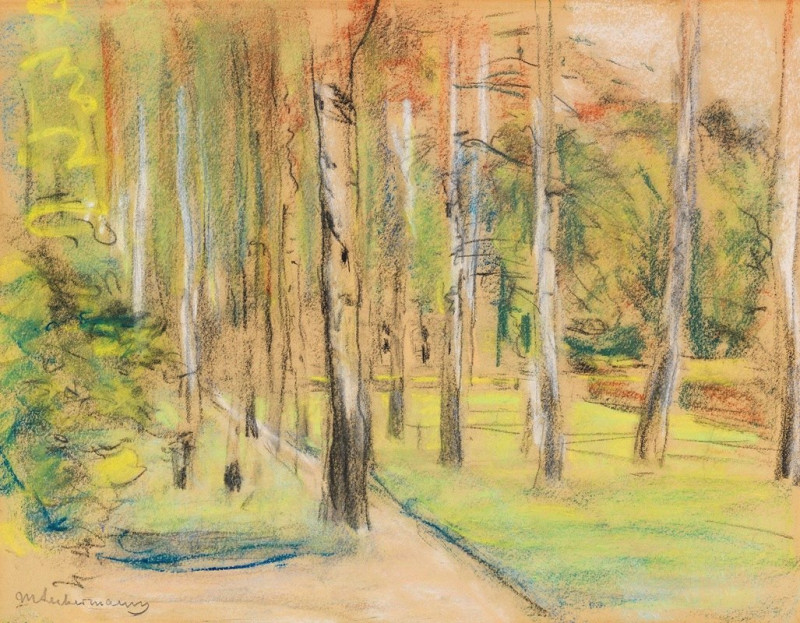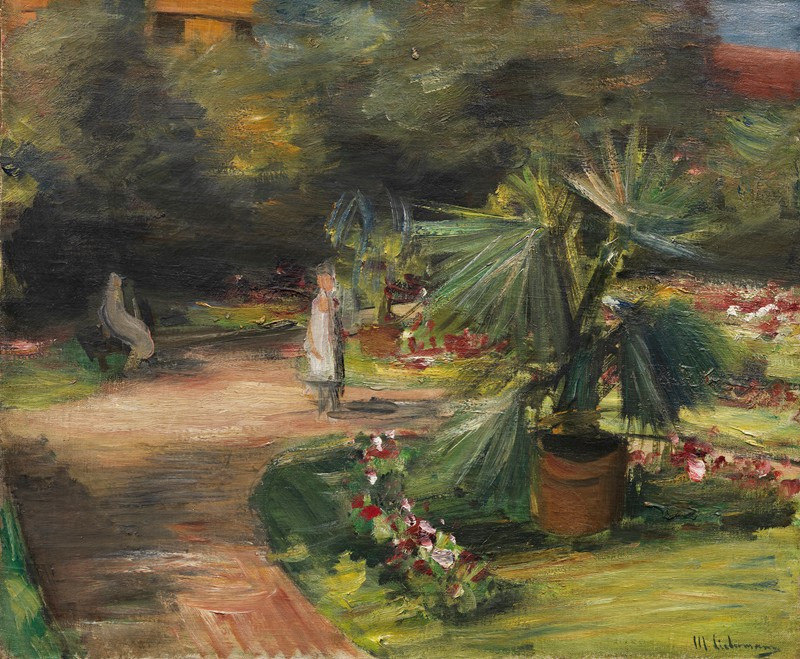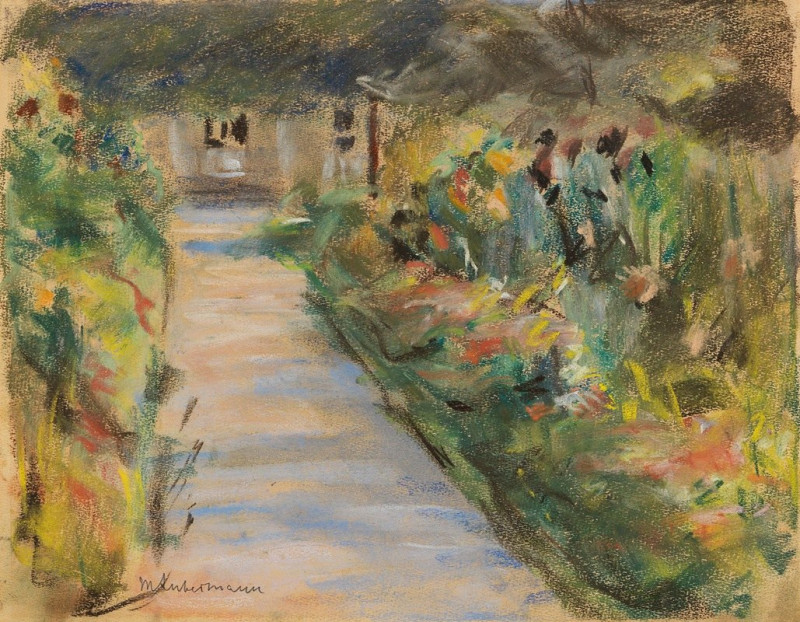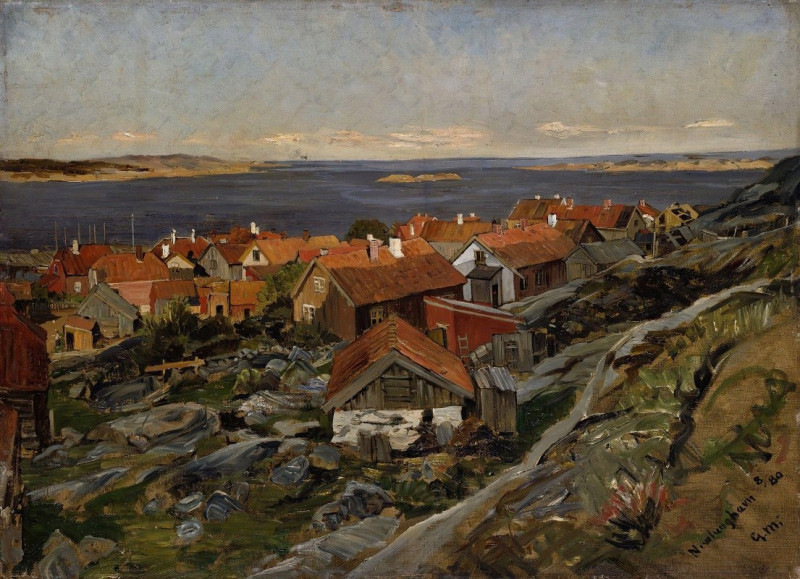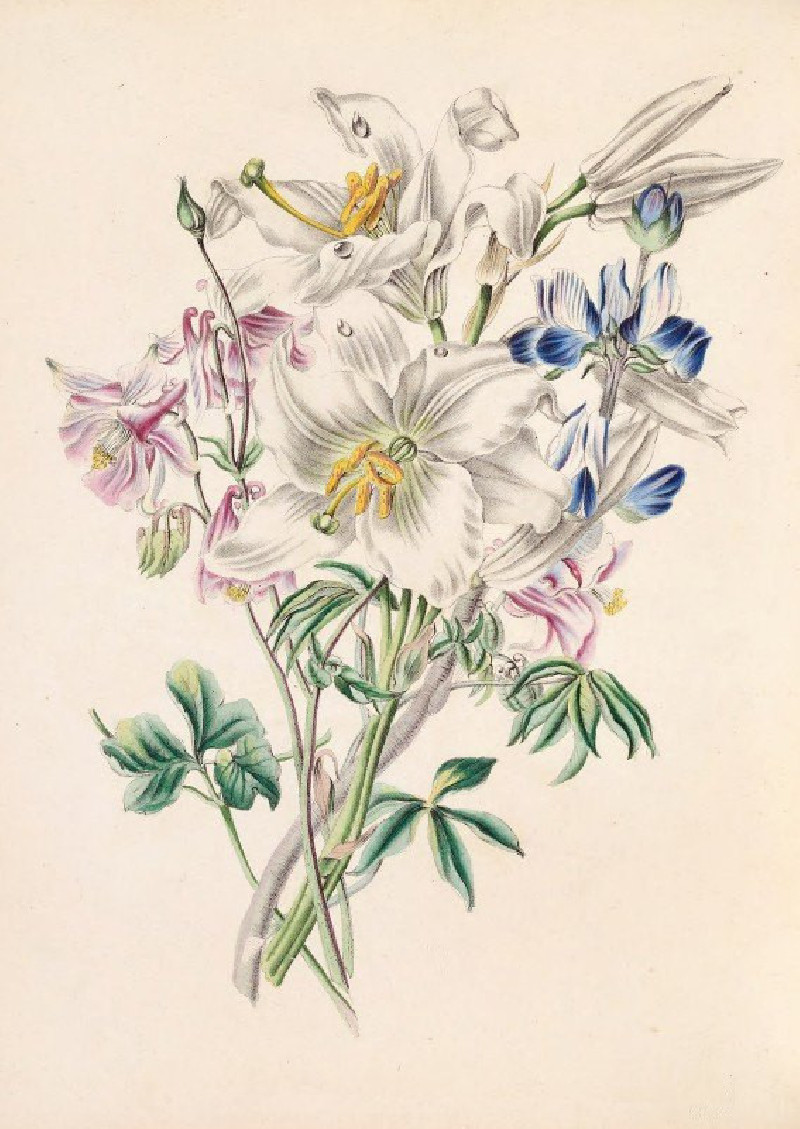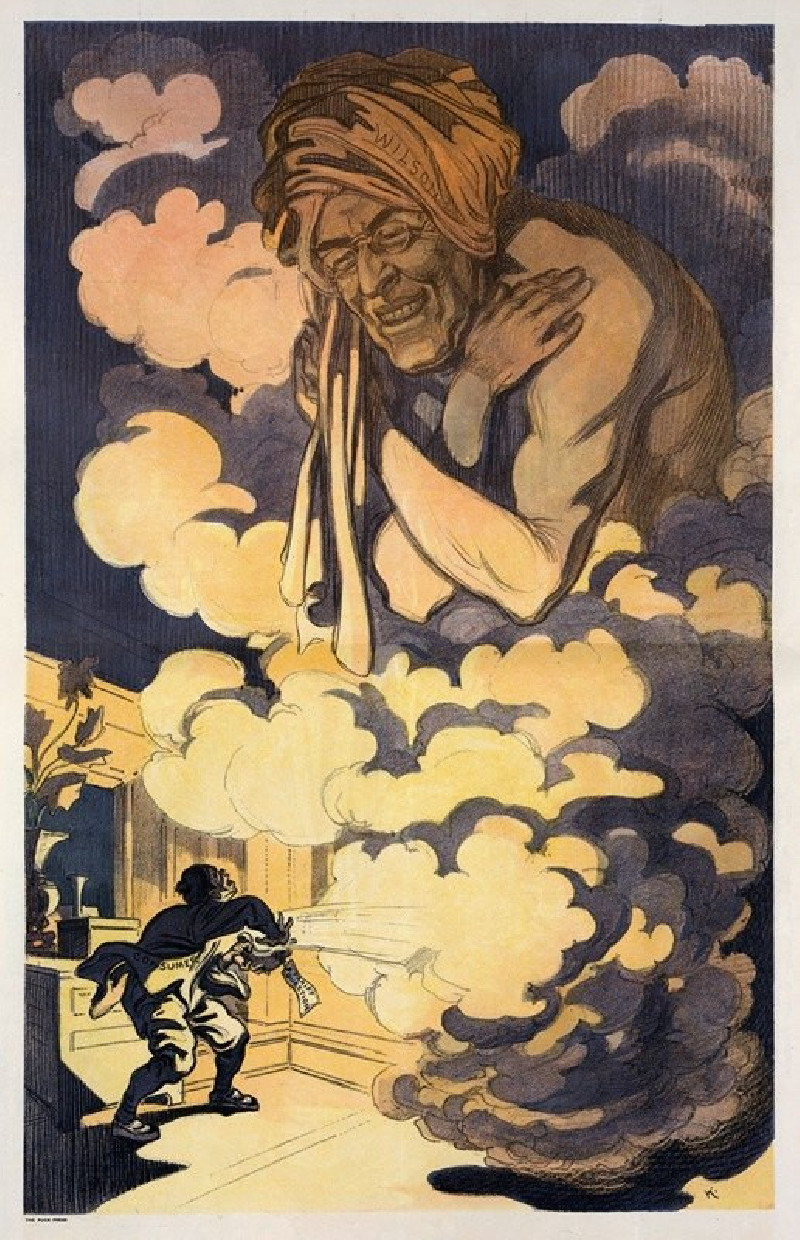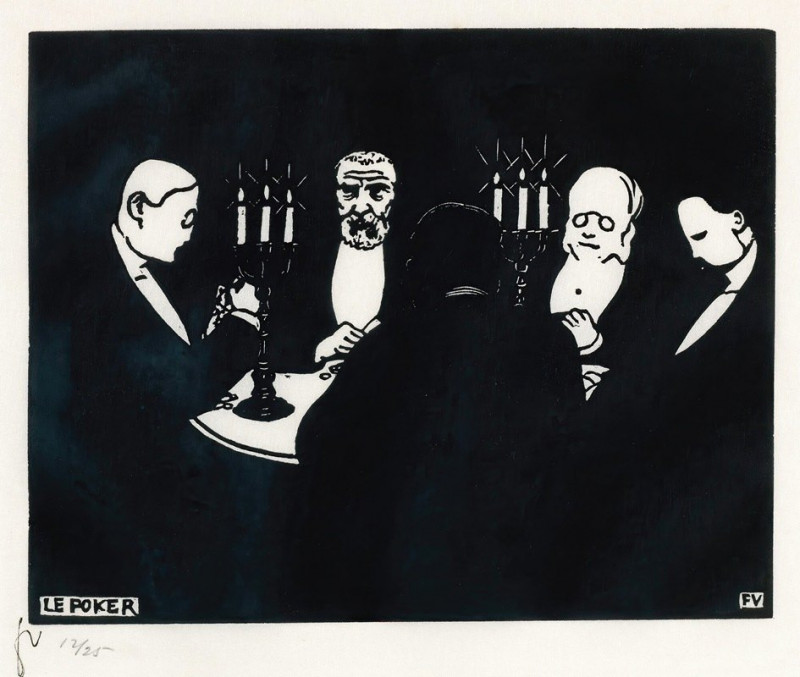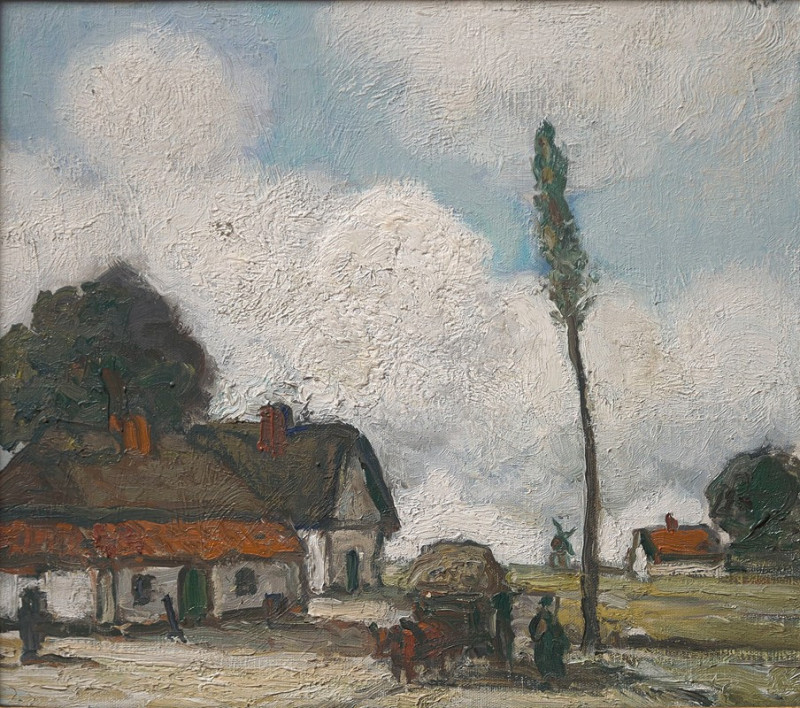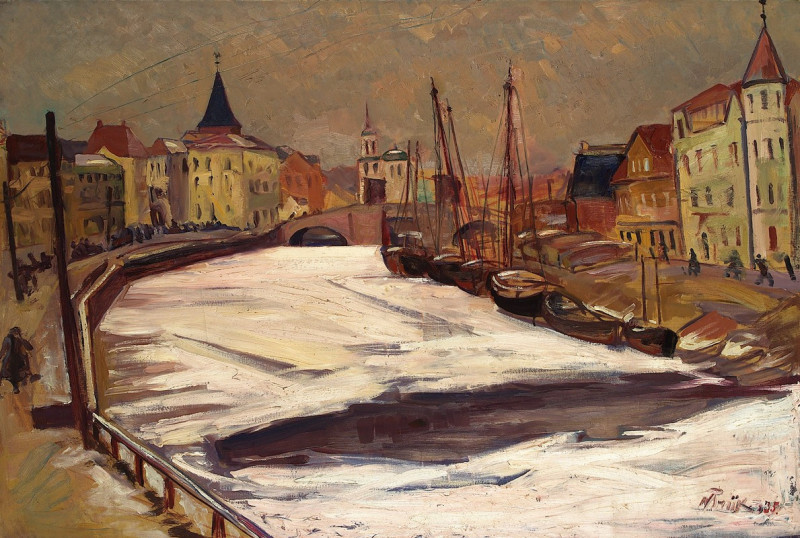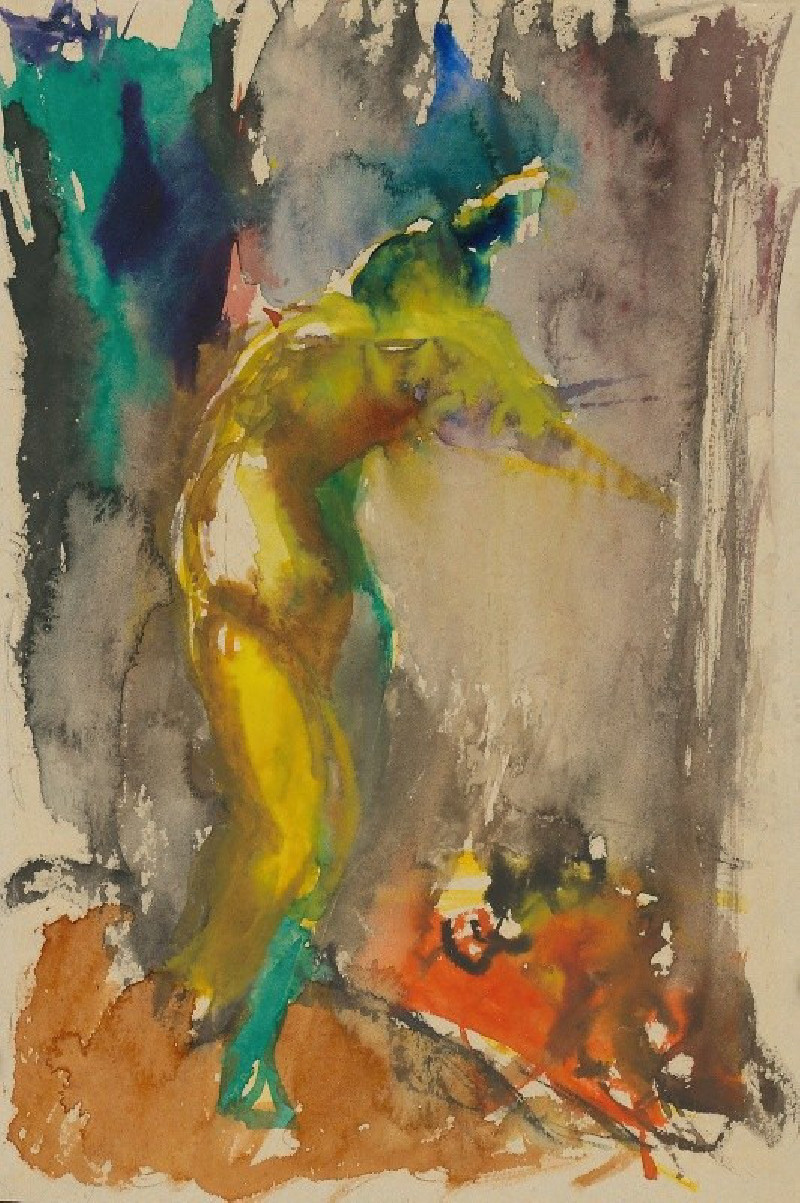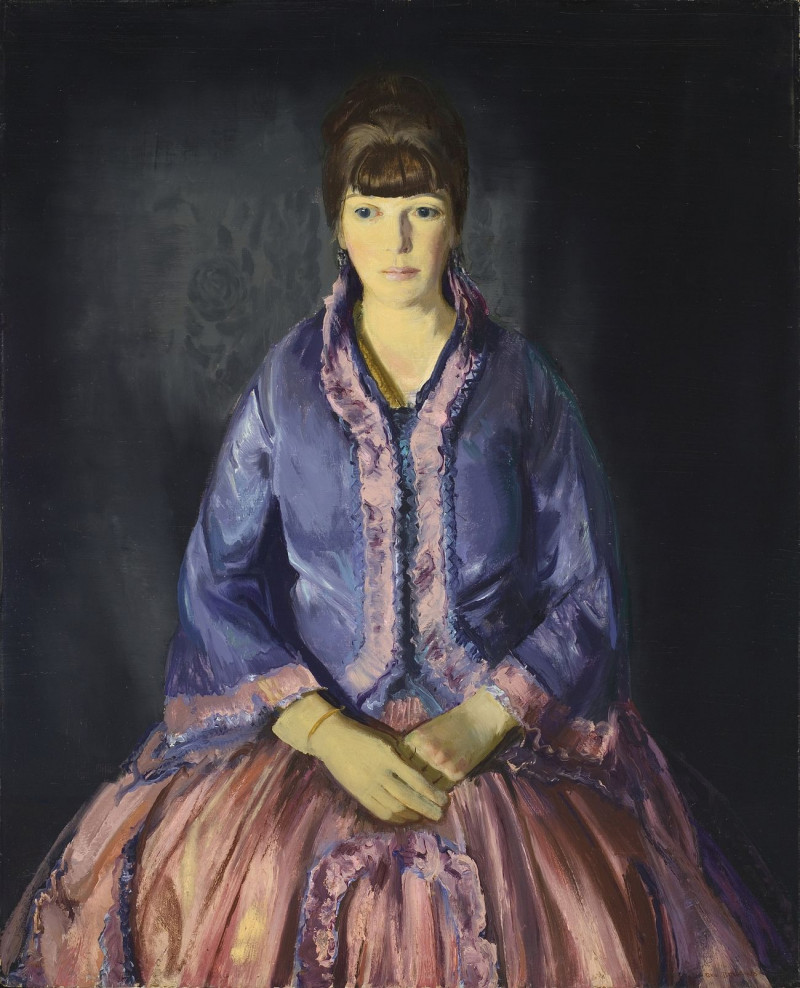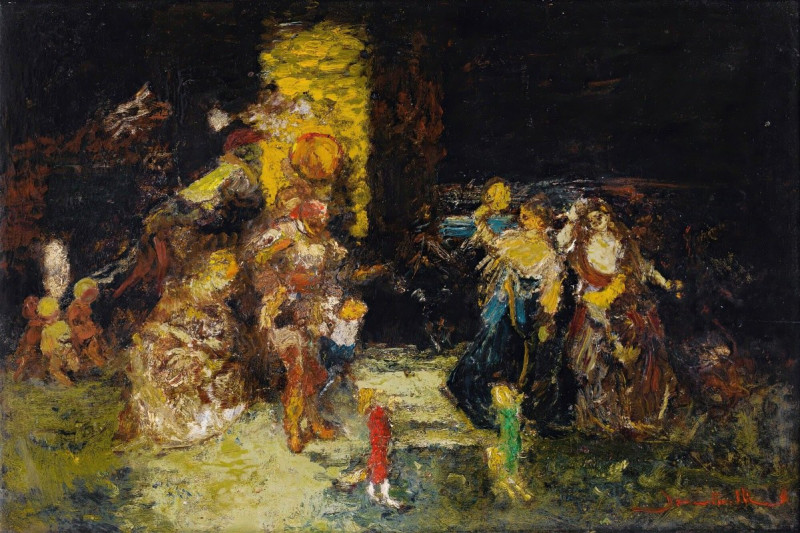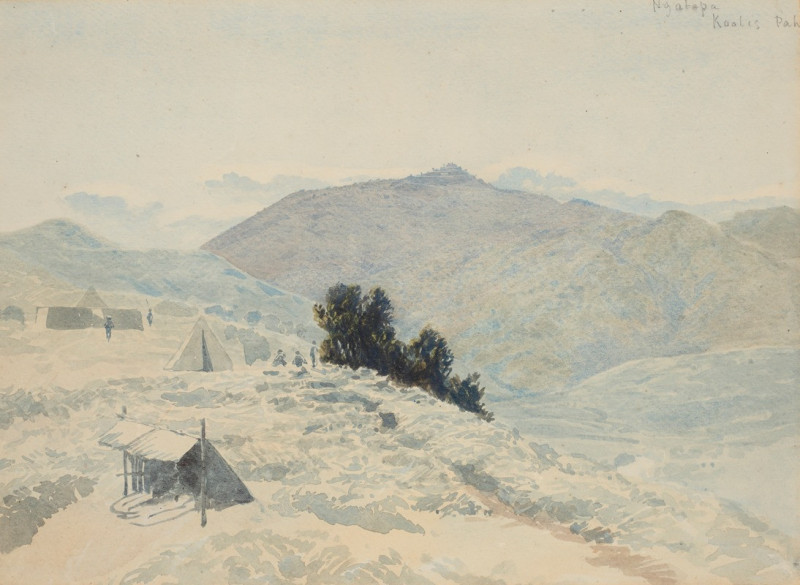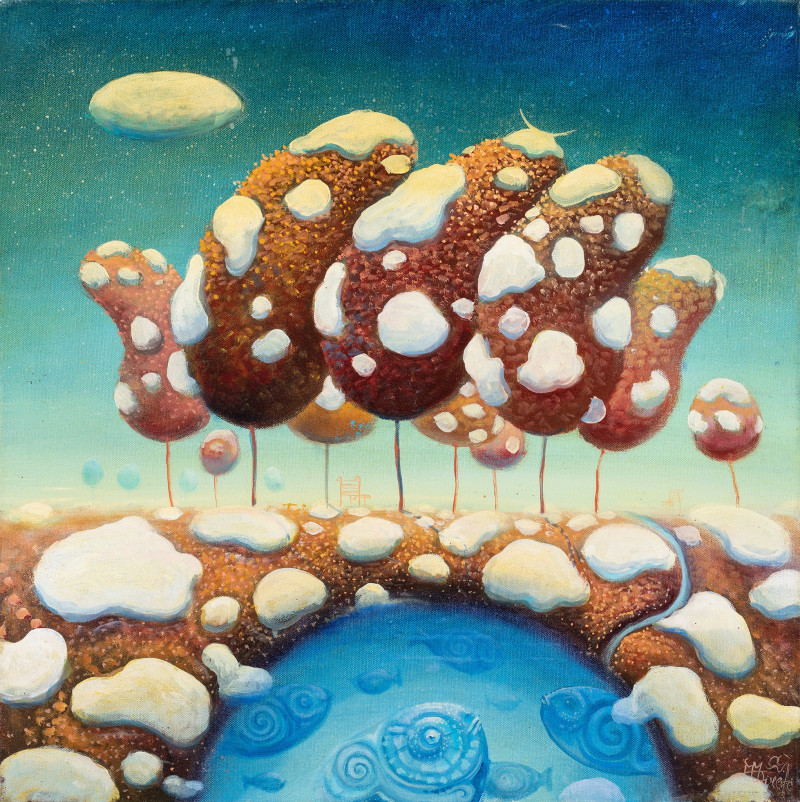View on a farmhouse in the Netherlands (1898)
Technique: Giclée quality print
Recommended by our customers
More about this artwork
Max Liebermann, a leading figure in the impressionist movement in Germany, captures the serene beauty of a Dutch farmhouse with his painting "View on a Farmhouse in the Netherlands" dated 1898. This masterwork showcases his unique ability to blend the impressionist interest in light and shadow with the everyday simplicity of rural life.The focus of the painting is a quaint farmhouse window, adorned with a vibrant display of red flowers that immediately draws the viewer’s eye. The flowers, perhaps geraniums, inject a splash of color that contrasts beautifully with the earthy tones of the farmhouse wall and the muted green of the surrounding foliage.The brushwork is free and vibrant, with thick, textured strokes that convey the lush, dynamic nature of the greenery. It’s this rough, almost tactile brushwork that gives the painting a lively, organic feel, as though the foliage is rustling in a gentle breeze.Liebermann's skill in using light adds depth and realism, with the sunlight filtering through the leaves creating patterns of light and shadow on the farmhouse wall and window. The window itself, reflecting the clear blue sky, hints at a sunny, serene day, thus adding a hopeful tone to the rural scene.Through "View on a Farmhouse in the Netherlands," Liebermann not only captures a moment of beauty in a simple setting but also evokes a sense of peace and appreciation for the tranquil scenes of everyday life in the Dutch countryside. This painting is a splendid example of how Liebermann could evoke emotion and narrative through his adept manipulation of color and form.
Delivery
Returns
Max Liebermann was a German painter and printmaker of Ashkenazi Jewish ancestry, and one of the leading proponents of Impressionism in Germany.
The son of a Jewish fabric manufacturer turned banker from Berlin, Liebermann grew up in an imposing town house alongside the Brandenburg Gate.
He first studied law and philosophy at the University of Berlin, but later studied painting and drawing in Weimar in 1869, in Paris in 1872, and in the Netherlands in 1876–77.

